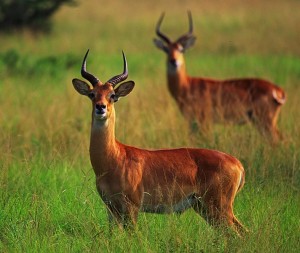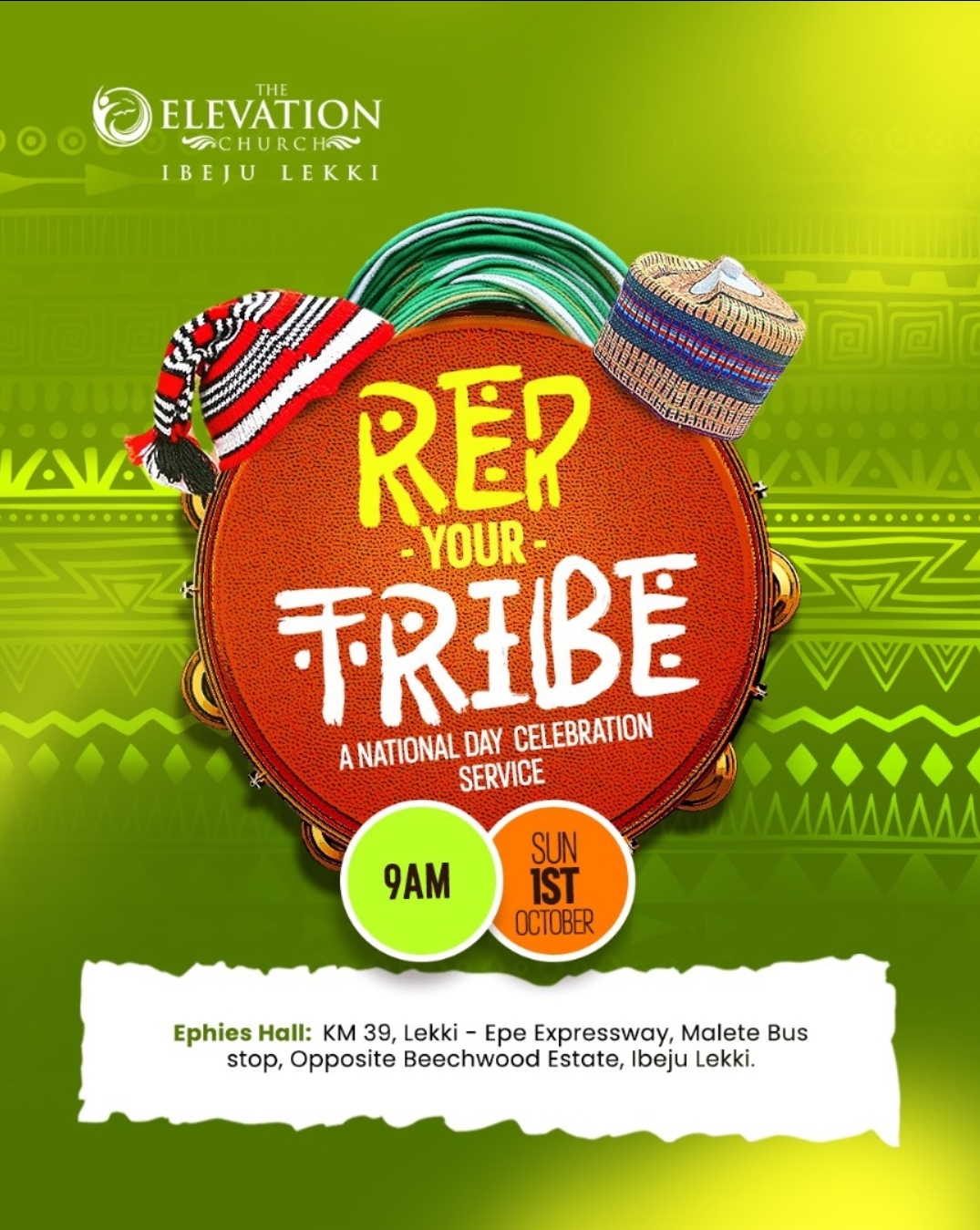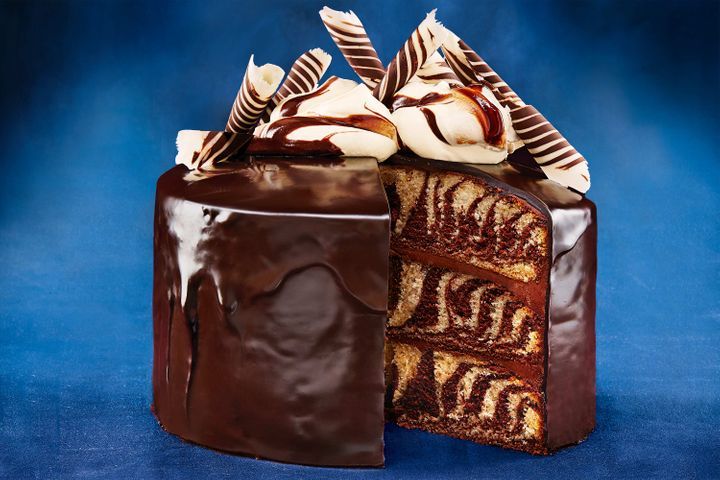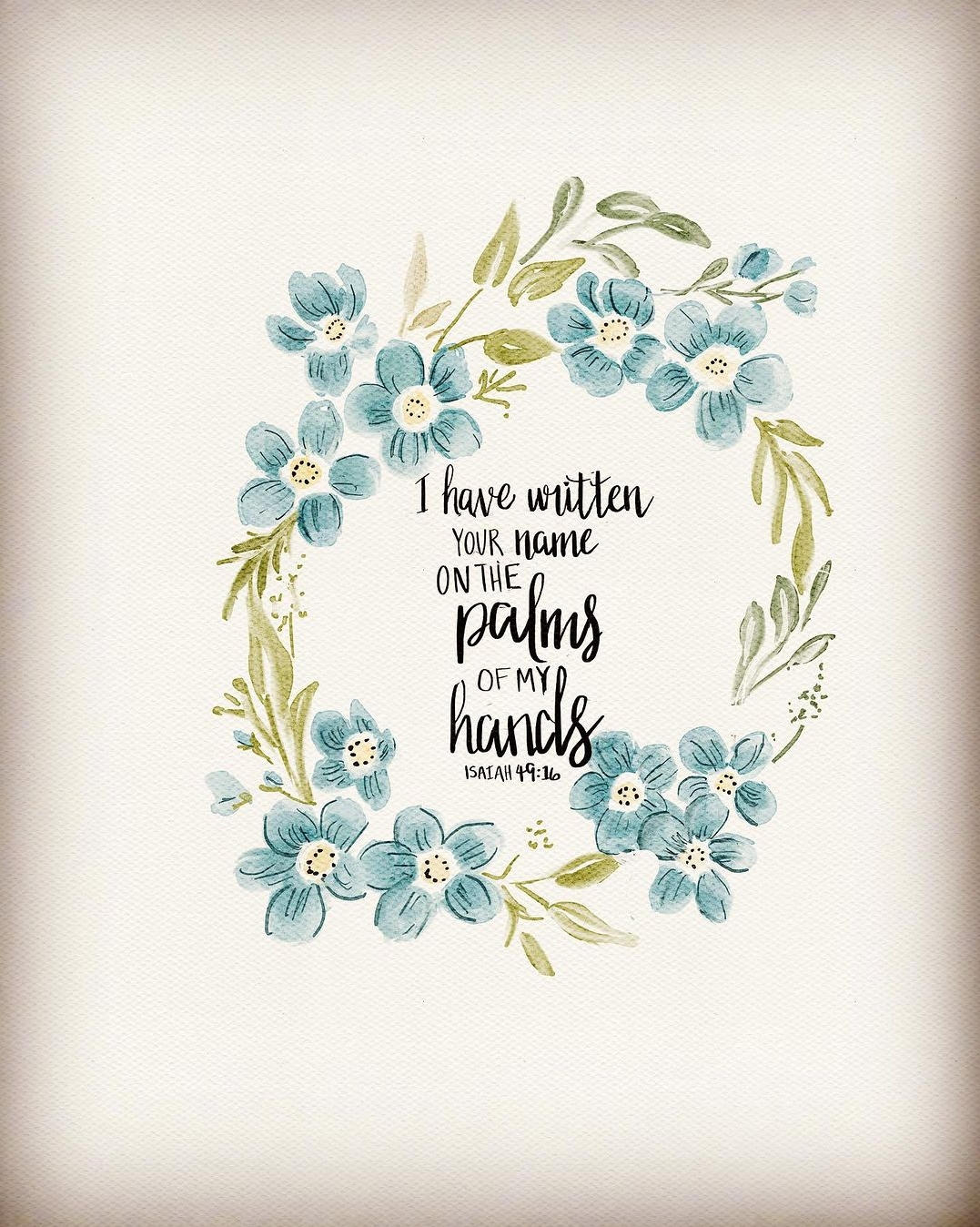
Kob, the graceful orange-brown antelope, Kobus kob, of the West/Central African savannah and floodplains is known for the spectacular sight afforded by the herds during annual migration. Kobs are ecologically restricted, preferring low-lying flats or gently rolling country, free of seasonal extremes and close to permanent water. These antelopes prefer perennial grasses in their early stages and need to drink daily. They are diurnal, but inactive during the heat of the day. Kob are herbivorous. They eat grasses and reeds, and may migrate great distances to graze along watercourses.
The white eared kob subspecies, K. k. kob, have S-shaped horns of about 50 cm long that curve sharply backwards and then up again. The horns, carried only by males are shorter than those of the other subspecies, and are ridged with transverse corrugations. Kobs stand at 32 cm at shoulder and weigh 105 kg. Thev have a smooth, shiny coat which ranges from golden brown to chestnut, with the under parts bright white. Males darken with age, becoming a deep mahogany.
In areas of lower population density, males are spaced farther apart and hold their territories for longer periods of time. They whistle to mark their mating boundaries. Sexual maturation occurs much later than in females who begin to mate after their first year. Gestation takes 9 months. The young is weaned in about 6-7 months and may live for up to 17 years.





















